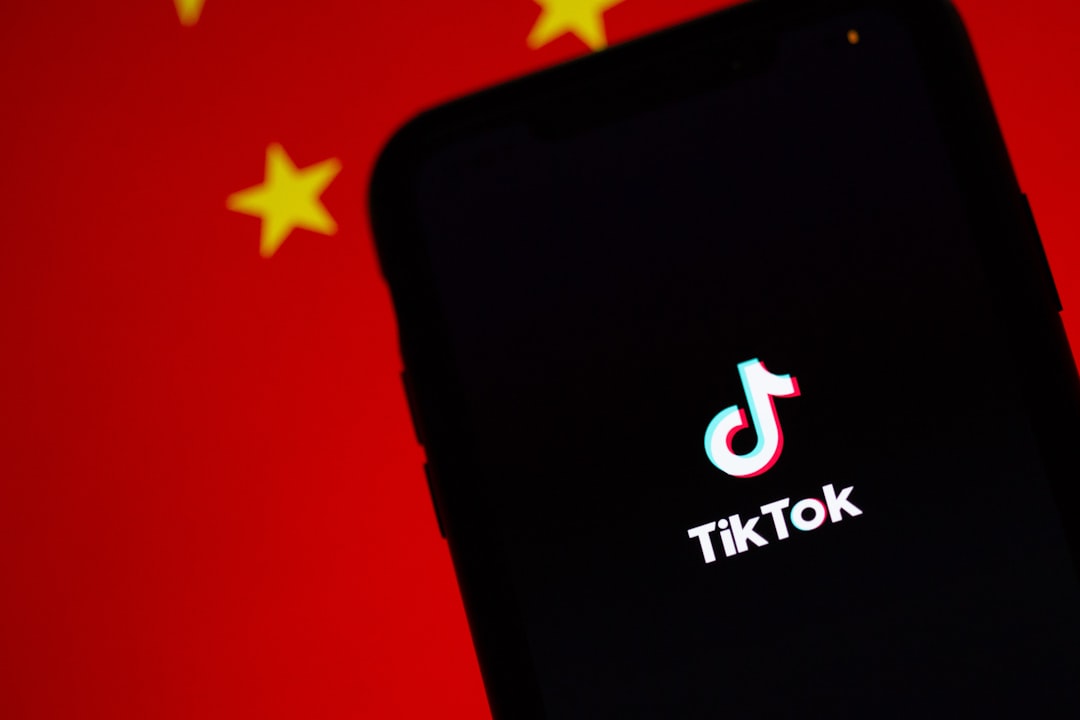The rise of TikTok as a dominant force in digital advertising has opened up new avenues for businesses to reach highly engaged audiences. Among its suite of powerful tools, the TikTok Ads API has gained significant attention — especially from businesses eager to automate and optimize their advertising efforts. One of the most exciting capabilities unlocked by the API is the potential to create dynamic ads.
Dynamic ads allow companies to serve highly personalized content to different users, depending on variables like user behavior, demographics, or items they’ve previously viewed. But can businesses truly leverage the TikTok Ads API to deploy dynamic ads efficiently? The answer is yes, with some considerations and best practices.
Contents
What Are Dynamic Ads?
Dynamic ads are a form of programmatic advertising where creatives are generated automatically based on user data. For example, in an e-commerce setting, if a user browses a pair of sneakers, a dynamic ad can later surface a promotion for that exact pair, complete with price and availability. This level of personalization increases relevance and can significantly boost conversion rates.
Unlike static advertisements, which are built manually and shown to a general audience, dynamic ads scale personalization by automating both the creative and targeting aspects. The TikTok Ads API, while relatively new compared to platforms like Facebook’s Marketing API, provides many of the necessary components businesses need to build and manage dynamic ad campaigns.

Capabilities of the TikTok Ads API
The TikTok Ads API offers a broad range of functionalities including:
- Campaign creation and management
- Ad group and ad creative automation
- Audience targeting and optimization
- Reporting and analytics integration
For dynamic advertising, the key components are the API endpoints related to dynamic creatives and product catalogs. These allow brands to automatically customize ads using real-time data from their inventory or content platforms. Merchants can link their product catalogs to TikTok via a feed file, which the API then references to generate ad variations based on user profiles and interactions.
How Businesses Can Use Dynamic Ads on TikTok
To implement dynamic ads using the TikTok Ads API, businesses typically follow these steps:
- Product Catalog Integration: Businesses upload a product feed that includes items’ names, prices, URLs, images, and descriptions. This data is stored in TikTok’s catalog management system.
- Template-Based Creative: Ad templates are designed that pull product attributes dynamically. For instance, one ad template might automatically insert product name, price, and image into a pre-defined layout.
- Audience Targeting: Campaigns are configured to reach users who have engaged with similar products or who match specific behavioral indicators.
- Optimization and Analytics: The TikTok Ads API provides data on impressions, clicks, and conversions, helping businesses refine their targeting and messaging over time.

When effectively employed, this system enables brands to create hundreds—even thousands—of ad variations without manual intervention. This not only saves time but also allows for frequent updates to reflect promotions, stock changes, or new product launches.
Limitations and Considerations
Although dynamic ads are powerful, businesses should be mindful of a few considerations before diving in:
- API Access: Not all businesses have immediate access to TikTok’s Ads API. Approval is often needed, and technical integration may require developer support.
- Creative Formatting: TikTok is a very visual and engaging platform, so dynamic creative templates must still feel native and entertaining to attract genuine attention.
- Data Accuracy: A misconfigured product feed can result in ads showing outdated or incorrect information, which can hinder performance and lead to negative user experiences.
Conclusion
As TikTok continues to evolve as a leading advertising platform, the ability to create dynamic ads through its Ads API presents a significant opportunity. Businesses that are equipped to integrate their product catalogs and build dynamic templates can unlock highly personalized, performance-driven campaigns. While there’s a learning curve involved, the potential ROI — in both time and marketing impact — can make the effort worthwhile.
FAQ
Q: Do I need a developer to use the TikTok Ads API for dynamic ads?
A: Yes, typically API integration requires development knowledge, especially for managing product catalogs and templated creatives.
Q: Is there a limit to how many dynamic ads I can run?
A: TikTok doesn’t impose strict limits, but practical considerations such as API rate limits and ad review timeframes may affect scale.
Q: Can small businesses use dynamic ads on TikTok?
A: While the API is more suited for medium to large-scale businesses, small enterprises can partner with marketing platforms that offer TikTok integrations to take advantage of dynamic ads indirectly.
Q: Are there ready-made tools that help with TikTok dynamic ads?
A: Yes, several third-party ad platforms and TikTok Marketing Partners offer plug-and-play solutions for building and managing dynamic ad campaigns.
Q: How does TikTok ensure the relevance of dynamic ads to users?
A: TikTok uses its algorithm and the parameters set in the dynamic ad setup to match the most relevant ad variant to each user based on interactions and preferences.




